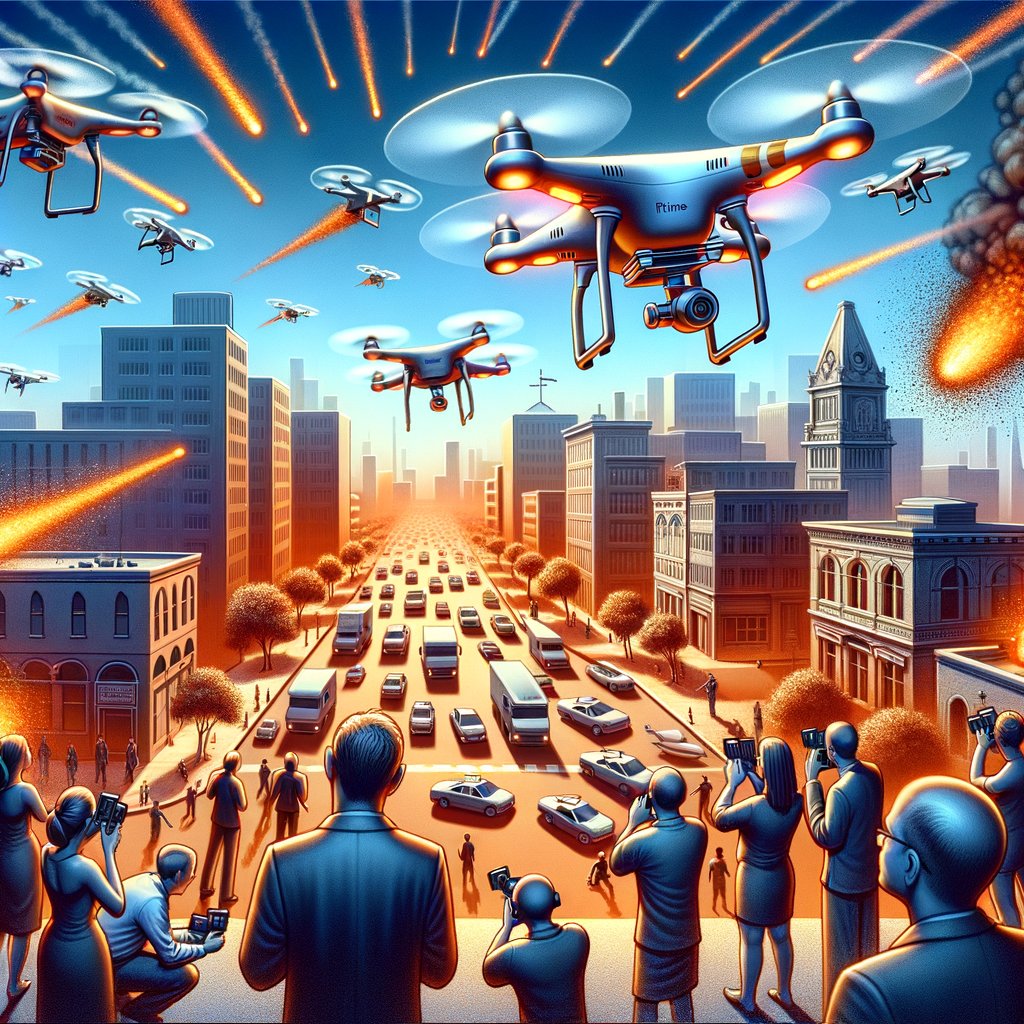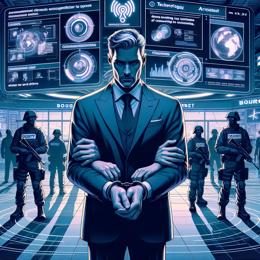Image created by AI
The Risks and Legality of Shooting Down Drones: Why It's a Dangerous Idea
The recent surge in drone sightings across the East Coast has sparked not only intrigue but considerable anxiety among the public and political figures alike. Originating in New Jersey in November, these sightings have permeated several states, leading to widespread alarms and calls for action. Although the impulse to shoot down these unidentified drones may seem justifiable to some, federal officials and industry experts strongly advise against it.
Rick Smith, CEO of Axon—a leader in anti-drone technology—highlights the unintended dangers of shooting at drones, explaining that a downed drone can "turn into a missile," potentially causing injury, death, and severe property damage. This sentiment is echoed by Alejandro Mayorkas, Homeland Security Secretary, who underscores the inherent risks involved in discharging firearms at aerial objects.
The legal implications of shooting at drones are equally daunting. Under federal law, it is illegal to target any aircraft, an action that can attract substantial penalties including fines and imprisonment of up to 20 years. Local laws, such as New York's Penal Law 265.35 also echo these prohibitions, emphasizing harsh punishments if lives are endangered.
Governments and legal authorities are at pains to clarify that many drones are utilized for beneficial purposes like law enforcement, delivery services, and emergency responses. Misidentifications can therefore lead to damaging essential service tools, further complicating societal functions and delivering chaotic outcomes. Moreover, the forensic differentiation between drones used nefariously and those for legitimate purposes isn't always clear to the public, adding layers of complexity to this modern dilemma.
Moreover, the physical act of shooting at a small, often dimly illuminated object like a drone poses significant challenges and risks. Technical experts like Vijay Kumar, Dean of Engineering at the University of Pennsylvania, caution against the potential for missed shots or stray bullets, which could result in accidental injuries or even fatalities. Kumar also raises environmental concerns, such as the risk of wildfires following a drone crash—a scenario that could unfold with merely a spark in the wrong place.
The Federal Aviation Administration (FAA) also highlights the risk of collision with other airborne objects if a drone is errantly shot at. This could have a domino effect, potentially leading to more extensive aerial crises.
Despite the clear risks and strong advisories from numerous officials, the dialogue among some political figures has veered towards aggressive measures. Notable is the stance from former President Donald Trump and figures like US Senator Richard Blumenthal, advocating for more drastic actions against drone threats. This rhetoric, however, doesn’t fully encapsulate the broader implications and potential consequences of such actions as laid out by experts and officials.
As the discourse around drones and their control evolves, the need for clear, sensible guidelines and public education on drone identification and regulation becomes increasingly apparent. The emphasis shifts towards enhancing technological measures and legislative frameworks to manage drone activities without resorting to perilous and unlawful measures such as shooting them down.










